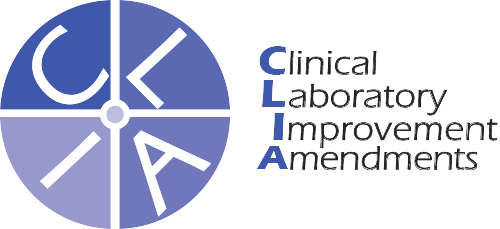Peyronie's Disease
Peyronie’s disease is a condition characterized by the development of fibrous scar tissue, or plaques, within the penis. These plaques can cause the penis to bend or curve abnormally during erections, leading to discomfort, pain, and potential difficulties with sexual intercourse. Peyronie’s disease can also result in psychological distress and impact a man’s self-esteem.
Causes
The exact cause of Peyronie’s disease is not fully understood, but it is believed to involve an abnormal wound-healing response within the penis. Microscopic injury to the penile tissue can trigger inflammation and the formation of scar tissue, resulting in the characteristic curvature and other symptoms.
Symptoms
- Curvature: The primary symptom of Peyronie’s disease is the development of curvature or bending of the penis during erections. The curvature can be upward, downward, or to the side.
- Pain: Some men experience pain or discomfort during erections, particularly when the penis is bent or curved.
- Scar Tissue: Palpable plaques or lumps may be felt beneath the skin of the penis.
- Erectile Dysfunction: In some cases, the curvature and pain associated with Peyronie’s disease can lead to difficulties with achieving or maintaining an erection.
Diagnosis
A healthcare provider or urologist can diagnose Peyronie’s disease based on medical history, physical examination, and sometimes imaging tests. Imaging methods like ultrasound can help visualize the extent and location of the scar tissue.
Treatment
Treatment options for Peyronie’s disease depend on the severity of symptoms and how much they impact a person’s quality of life:
- Watchful Waiting: In some cases, especially if the curvature is mild and not causing significant discomfort, no immediate treatment may be recommended.
- Medications: Some medications, such as collagenase clostridium histolyticum (Xiaflex), can be injected directly into the scar tissue to break it down and reduce curvature.
- Physical Therapy: Techniques like penile traction therapy or vacuum erection devices can be used to reduce curvature and improve penile health.
- Surgery: Surgical options may be considered for severe cases that don’t respond to other treatments. Surgical procedures can involve removing or altering the scar tissue to correct the curvature.
Prognosis
The prognosis for Peyronie’s disease varies based on the severity of symptoms and the effectiveness of treatment. Some cases can improve with nonsurgical treatments, while others may require surgical intervention.
If you suspect you have Peyronie’s disease or are experiencing symptoms such as penile curvature, pain, or discomfort, it’s important to consult a healthcare provider or a urologist. They can diagnose the condition and recommend appropriate treatment options tailored to your specific situation and needs.
Accredited By




